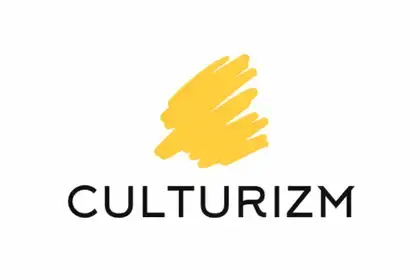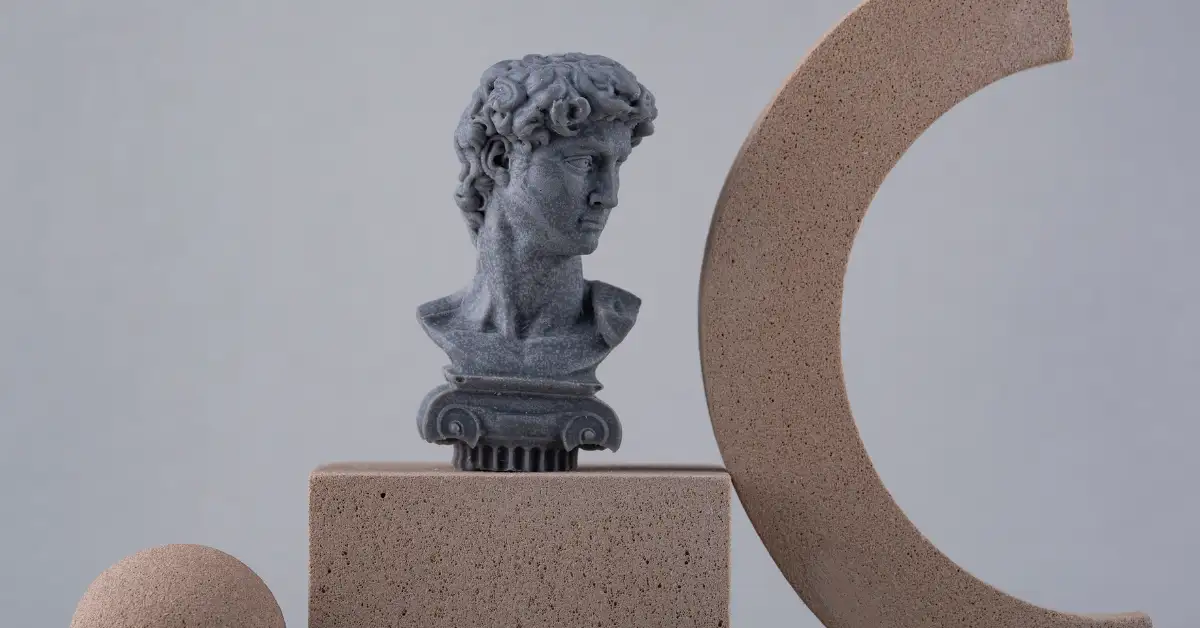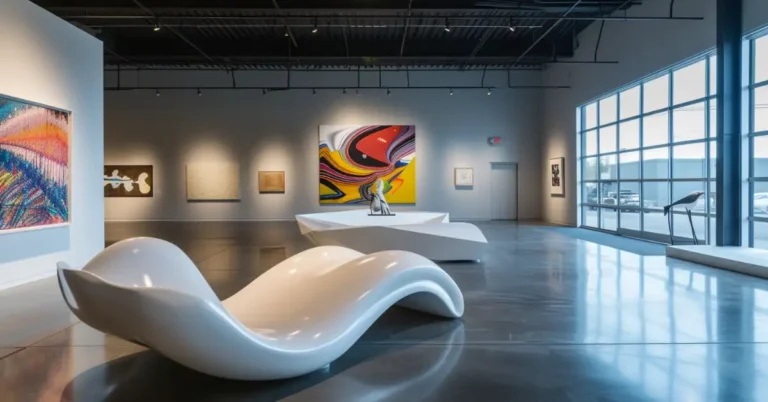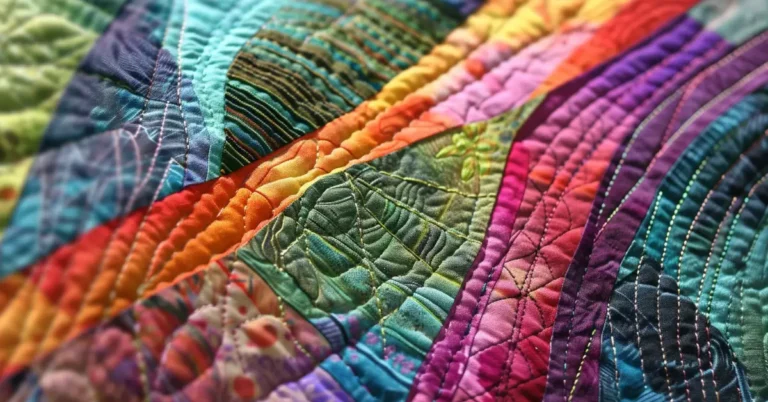Contemporary art sculpture is a dynamic fusion of time-honored techniques and avant-garde materials, challenging the way we interact with art. From the pioneering visions of artists like Rodin to the abstract planes of Cubism, sculpture has evolved into a rich, multifaceted medium. Today, innovations like 3D printing and unconventional resources are pushing the boundaries further, creating a playground of form and texture.
Contemporary Art Sculpture
History and Evolution of Contemporary Sculpture
Exploring the history and evolution of contemporary art sculpture, we journey through a rich tapestry of artistic innovation that continues to redefine our understanding of three-dimensional art.
Contemporary art sculpture is an evolving art form that fuses classic and modern materials to redefine art and its interaction with space. Its history features innovators like Rodin and movements like Cubism, which expanded its possibilities. Cutting-edge techniques such as 3D printing and unconventional materials have transformed sculpture-making. The genre spans various themes and styles, including abstraction, realism, and minimalism, mirroring our world’s complexity.
Early Influences and Pioneers
At the helm of contemporary art sculpture stands Auguste Rodin, whose innovations laid the groundwork for contemporary art sculpture. Rodin’s ability to convey deep emotion and movement crafted a new direction in the art form. Pioneers like Savinio introduced the concept of the readymade, shifting the paradigm of sculpture further from traditional forms.
The Rise of Modern Art Movements
With the emergence of Cubism, sculptors began experimenting with abstraction and shattered conventions, aligning with the avant-garde’s desire to innovate. Artists challenged pre-existing aesthetics, leading to a diversification of methods and materials in the production of modern art. This era was defined by pushing boundaries and expanding what sculpture could be.
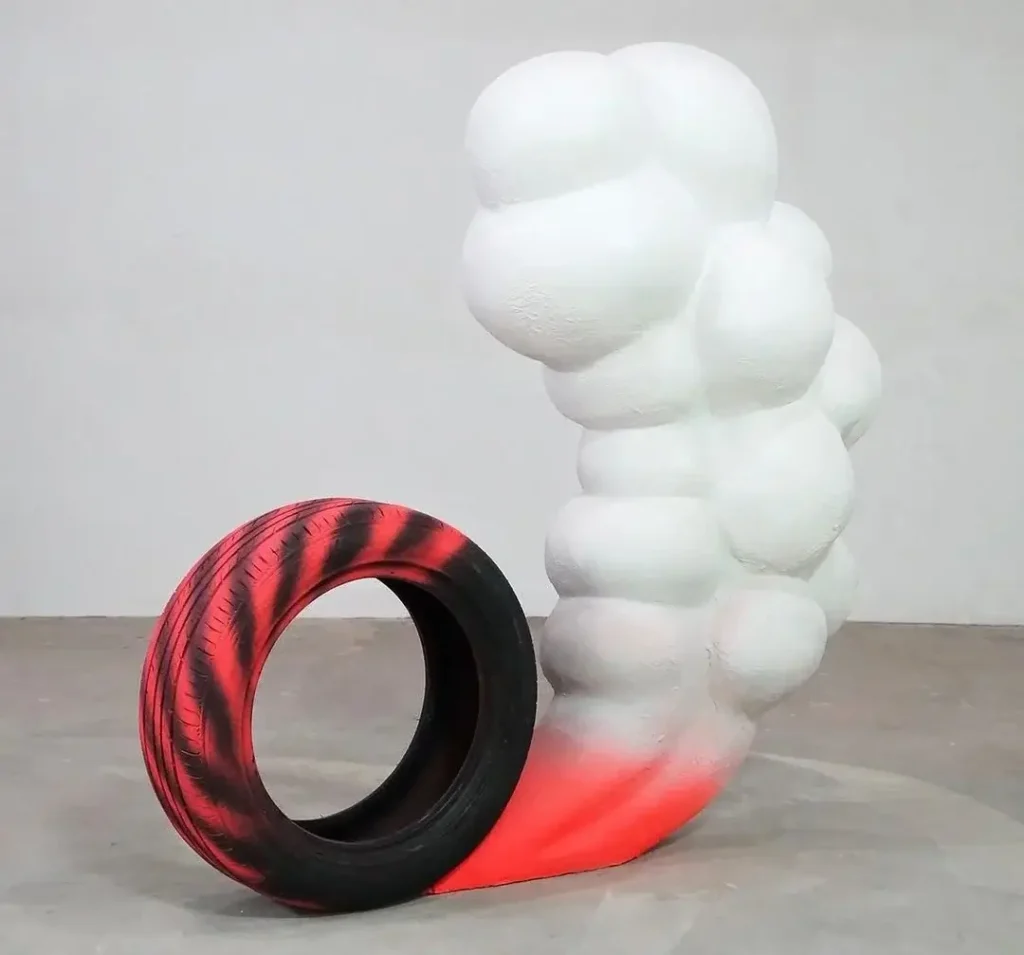
THE SCULPTURE — Kieran Leach, Going Nowhere Fast, 2019
Sculpture in the Late 20th Century
In recent decades, figures like Jeff Koons and Anish Kapoor have crafted monumental pieces that characterize the versatility of contemporary art sculpture. The late 20th century saw the art form evolve from the traditional to the conceptual, where the physical presence of the work is often accompanied by questions about society, culture, and the nature of art itself.
Materials and Techniques in Contemporary Sculpture
Contemporary art sculpture is a vibrant and ever-evolving field where traditional materials meet the innovation of the industrial era. As artists, we constantly push the boundaries of creativity and technique.
Traditional vs. Industrial Materials
Traditional materials like marble, wood, and bronze have shaped the history of sculpture, offering a testament to the craft’s timeless nature. Fast forward to today, and you’ll find that we also embrace industrial materials such as steel, iron, and aluminum. These materials not only defy convention but also reflect the industrial landscapes that shape our modern existence. The use of mixed media featuring elements like glass and cement signifies our refusal to be limited by the traditional palette of yesteryear.
Traditional materials
- Marble
- Wood
- Bronze
Industrial Materials
- Steel
- Iron
- Aluminum
Innovative Sculpting Methods

We’ve seen a revolution in how sculpture is created. Sand-casting and hand-carving have given way to laser cutting and 3D printing, merging the artisanal with the high-tech. Materials like foam and latex, once relegated to the fringes of art materials, are now utilized for their versatility and capacity for expression.
Role of Technology in Sculpture
Technology has redefined the scope of what we can achieve. Stainless steel and concrete sculptures engineered to float or delicately balance redefine our understanding of weight and gravity. Recent sculptures incorporate interactive elements, using sensors and AI to create works that respond to the environment or the audience, blurring the lines between the sculpture, space, and spectator.
Themes and Styles in Contemporary Sculpture
When we explore contemporary art sculpture, we witness a vibrant array of themes and styles. It’s a field that reflects our complex world, often challenging our perceptions of art and what it can represent.
Abstraction and Realism
Abstraction in sculpture strips away the layers to reveal the essence of emotion or concept, often prioritizing aesthetics and balance. Artists like Kiki Smith utilize these techniques to evoke deeper meanings. Alternatively, realism grounds us in lifelike representations, capturing every detail to communicate direct narratives.
Abstraction in Sculpture
- Simplification of forms
- Emphasis on conceptual representation
- Prioritization of aesthetic qualities
Realism in Sculpture
- Detailed representation of subjects
- Emphasis on lifelike textures, colors, and proportions
- Focus on tangible, recognizable subjects and narratives
Conceptual Art and Its Impact
In conceptual art, the idea behind the work takes precedence over traditional aesthetic considerations. This movement has led to the use of readymade objects in sculpture, pioneered by artists like Damien Hirst, where the concept imbues the object with significance.
Minimalism and Expressionism
Minimalism in sculpture is characterized by simplicity and purity of form, focusing on the materials themselves. It’s a stark contrast to expressionism’s emotionally charged and often chaotic energy. Both styles, in their ways, cut to the core of human experience, challenging viewers to confront the work on a deeply personal level.
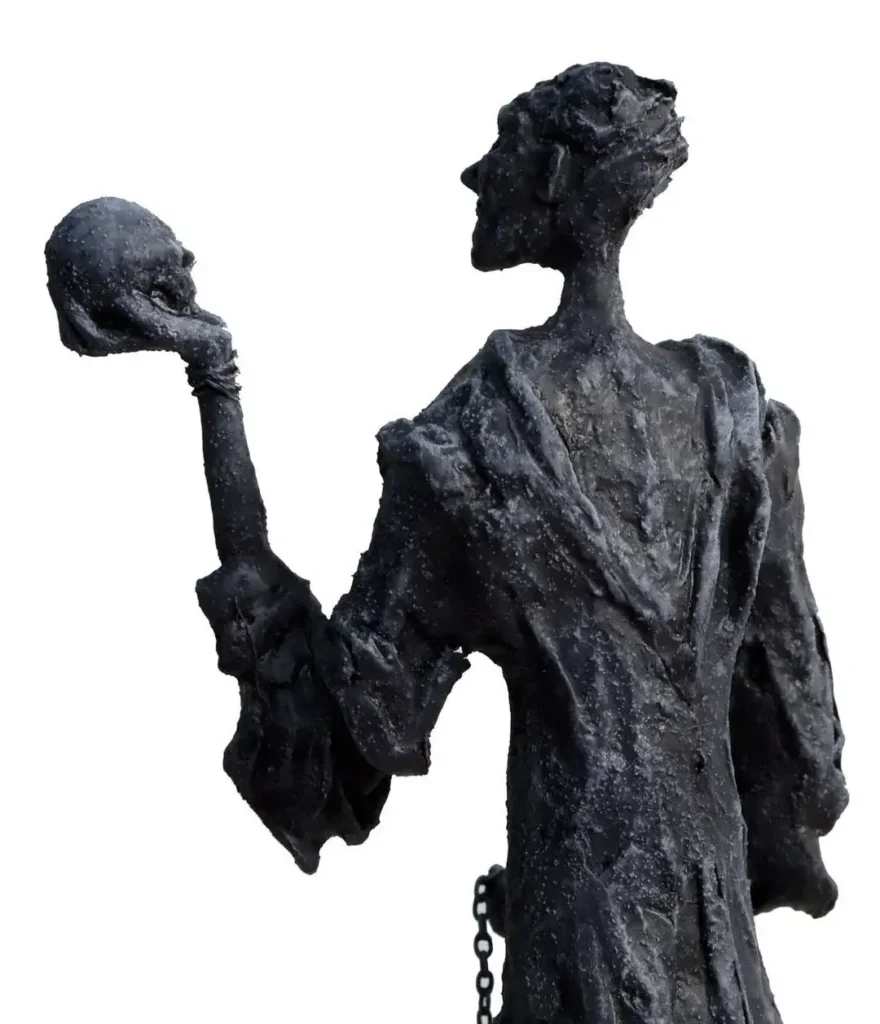
IG: lionel_le_jeune
Notable Contemporary Sculpture Artists
As we explore contemporary art sculpture, we’re enthralled by the ingenuity and diversity that today’s artists bring to the field. From large-scale public installations to intimate studio pieces, the impact of their work is undeniable.
Profiles of Renowned Sculptors
Anish Kapoor and Jeff Koons have established themselves as titans within the sphere of contemporary sculpture. Kapoor’s reflective works, including Cloud Gate in Chicago, play with form and perception, while Koons’ balloon-like renditions push the boundaries of materials like stainless steel to their limits. Meanwhile, Rachel Whiteread, known for casting spaces in absence, creates sculptures that redefine our understanding of emptiness and form.
Rising Stars in the Sculpture Arena
In the terrain of modern sculpture, emerging artists carry the torch with fresh perspectives. Their innovative use of materials and technology heralds a new age for the medium, ensuring that the discourse within contemporary art sculpture is ever-evolving—we are on the lookout for these new voices redefining our sculptural landscape.
Artist’s Role and Influence
Artists like Ai Weiwei and Louise Bourgeois have transcended mere creativity, embedding powerful commentaries on culture and biography within their works, making them pivotal figures in not only contemporary sculpture but also in larger sociopolitical dialogues. Their influence resonates in our collective memory, reminding us that sculpture is an essential language in the vocabulary of human expression.
Contemporary Sculpture in Public Spaces
When we think of art, galleries such as MoMA or Gagosian Gallery come to mind, yet “contemporary art sculpture” has transcended these spaces to engage directly with audiences in the urban realm.

https://www.thecollector.com/most-famous-contemporary-public-art/
Integration with Urban Landscapes
Public art, particularly in the form of contemporary sculptures, has become an integral part of urban design. Beyond their aesthetic appeal, these artworks shape our experience of the city. From Jeff Koons’ Balloon Dog installations to the whimsical Rabbit sculptures, we see how such works insert a playful and provocative element into the urban grid, sometimes prompting debate or reflection on the space itself.
Sculpture and Community Engagement
Public sculptures act as beacons for community engagement. Pioneered by institutions like the Museum of Modern Art, these installations are not confined to museum walls but live among us, beckoning our participation—whether it’s interacting with the work or attending special events around them. Their presence sparks conversations and brings people together in shared spaces.
Economic and Cultural Value
The fusion of art in public areas enhances local rates of cultural tourism and boosts the economy. Auction sales from pieces that were once public art highlight the value attributed to these works, like when Koons’ pieces fetch high prices. Moreover, they raise the cultural profile of an area, drawing in both residents and visitors who are eager to experience the intersection of art and everyday life.
FAQ
What is contemporary sculpture concerned with?
Contemporary sculpture often explores themes like identity, culture, social and political issues, globalization, spirituality, and the human condition.
What are some examples of modern sculptures?
Modern sculptures include Alexander Calder’s Vertical Constellation with Bomb, Jaume Plensa’s Crown Fountain, and works by Christian Boltanski.
What are the characteristics of modern sculpture?
Modern sculpture is characterized by experimentation, abstraction, a break from classical traditions, and diverse materials and forms.
What is the difference between modern sculpture and contemporary sculpture?
Modern sculpture often features innovations from the 1880s to the 1970s, emphasizing forms like Cubism or Surrealism, while contemporary sculpture involves current artists experimenting with new concepts and materials.
Please remember to share your thoughts on your experience with contemporary art sculpture by leaving a comment below if you enjoyed this blog post.
If you want to keep reading more from us, have a look at these articles.
